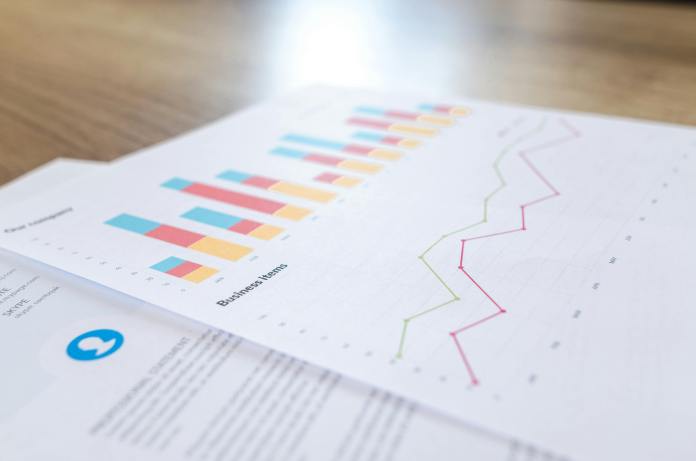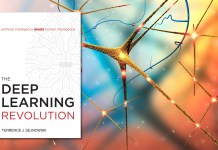By Kasi Rajeev Oduri

Marketing analytics has changed dramatically over the past decade. The focus on website traffic and clicks has evolved into a complex practice that merges first-party data, third-party partnerships, and robust analytical tools. Marketers must prove return on investment, manage privacy issues, and serve consumers who move seamlessly between devices and channels. It is no longer enough to collect data simply. Instead, modern marketers must use advanced techniques to measure effectiveness across platforms and help them identify which audiences are most open to specific messages. Artificial intelligence, clean rooms, and precise audience targeting are key to building a future-facing marketing strategy, allowing businesses to maintain data security while driving growth.
The Rise of Clean Rooms: A Secure Space for Data Collaboration
Data accuracy and privacy are top concerns for marketing teams today. Governments worldwide are creating strict regulations, and brands must meet these requirements while learning from multiple platforms. Clean room technologies have emerged as a solution to these challenges. A clean room is a secure environment that allows partners to pool sensitive data without exposing personal details. Each party can analyze aggregated information and generate insights, but the underlying user data remains anonymous.
With a single protected space for data collaboration, marketers can compare campaign performance, identify audience overlaps, and see how different channels drive success. Imagine a retailer sharing purchasing information, an online marketplace adding search data, and a social media platform providing engagement metrics. Because it happens inside a clean room, there is no risk of revealing individual user identities. With these insights, companies can plan better campaigns, pinpoint which strategies appeal to the right audiences, and respect the privacy of every user.
Cross Platform Measurement: Building a Holistic Customer View
Modern consumers might encounter a brand in many places. One person could see an ad on TV, visit the brand’s website on a tablet, and then complete the purchase on the phone after a few days. Without effective cross platform measurement, marketers may attribute the sale to the final click or use probabilistic guesses that do not reveal the whole story. Clean room tools combine data from various touchpoints, creating a cohesive view of how customers move through the marketing funnel.
A complete picture can be especially beneficial in industries that rely on long consideration periods. A car manufacturer, for example, might want to know if a customer who watched a series of online videos eventually scheduled a test drive at a local dealership. The manufacturer can tie the videos to offline outcomes by tracking these events in a secure environment. They can also see which segments of viewers were most influenced by that content, helping them refine their messaging and focus on the most impactful channels.
AI-Powered Audience Targeting and Predictive Insights
While clean rooms ensure data security, artificial intelligence pushes the boundaries of what is possible with that data. AI can quickly process large volumes of information, uncover hidden patterns, and optimize campaigns in real-time. One of the most valuable ways AI supports marketing analytics is by predicting likely future outcomes. By examining past transactions, consumer behaviors, and external factors, AI can forecast which audiences are ready to buy, which users are at risk of churning, and which messages will spark engagement.
These capabilities also supercharge audience targeting. Instead of splitting customers into broad categories, AI can group individuals by shared likes, browsing habits, or buying patterns. An online music platform might find a cluster of users who listen primarily to indie rock and love to explore new artists. With this insight, the platform can personalize recommendations that introduce users to emerging indie acts, increasing satisfaction and long-term loyalty.
AI also opens the door for more advanced experimentation. When partners work in a clean room environment, they can combine data from different campaigns and let AI test which creative styles or promotional messages deliver the highest return. For example, a consumer electronics company might collaborate with a streaming service and a connected TV provider to launch a new product line. If each partner contributes anonymized audience data, AI-driven analyses can pinpoint which channels and messages influence sales. This frees marketers from guesswork and enables them to adjust their approach quickly and at scale.
Embracing a Data-Driven Future to Drive Growth
As businesses expand their reach and consumers become more protective of their personal information, the importance of AI and clean rooms in marketing analytics will only grow. These tools allow organizations to gather and use data responsibly, meeting regulatory and ethical standards. They also unlock more profound insights into how each channel, creative concept, or promotional strategy affects conversion rates and customer satisfaction.
Over time, the marketers who excel will innovate at the intersection of data, technology, and storytelling. Combining cleanroom approaches with AI-powered analytics can simultaneously create more relevant and human campaigns. For instance, an apparel retailer could deliver targeted offers for winter coats to customers who live in colder regions or present eco-friendly lines to buyers who have shown interest in sustainable products. Through careful experimentation and continuous learning, marketing teams can refine their content, invest in proven tactics, and build authentic connections with their audiences.
Clean rooms, AI, and precise audience targeting may sound futuristic, yet they have already become valuable components for many top-performing brands. These methods improve marketing efficiency and respect the modern data ecosystem’s demand for privacy and transparency. The real power comes from bringing these elements together. When marketers leverage secure data collaboration, machine learning models, and personalized outreach, they can chart a new path toward growth. By understanding how to manage consumer data responsibly and harness it for relevant interactions, businesses can expand their customer base while cultivating loyalty, trust, and long term success in a fast changing digital landscape.
About the author
Kasi Rajeev Oduri is an accomplished AI and data science leader with over a decade of experience driving innovation in marketing analytics and media measurement. In his current role, he oversees ad product testing, machine learning-driven audience targeting, lifetime value measurement, and cleanroom technology innovation.





















